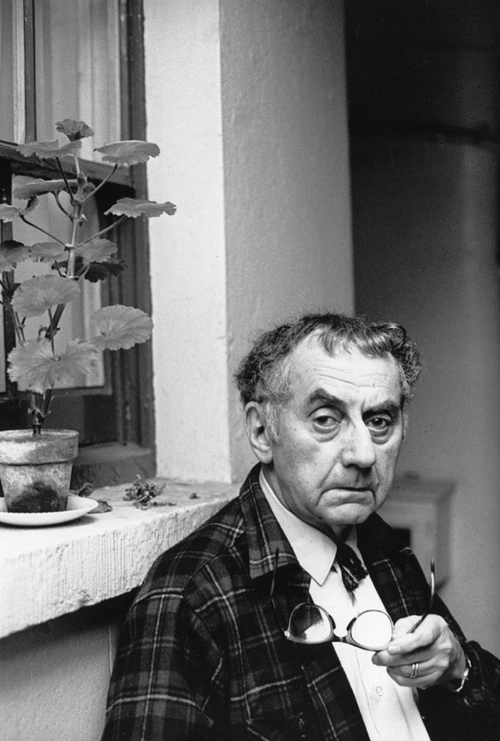Today - August 27th, was Man Ray’s birthday (b. 1890)
One of my first apartments in Paris as a young artist in my twenties was at 75 rue du Montparnasse in the 14th Arrondisement, which had become known as the artists’ quartier decades earlier, where the Dadaists and Surrealists had their studios and residences. I frequented the original La Couple and other cafes - the La Palette, Le Dome, Le Select, Clos des Lilas - where residue of their life and livelihood remained. There was a a creative energy to the area that flowed as I worked on my own photography and talked with art directors in the cafes.
Man Ray, whose given name was Emmanuel Radnistsky, died in 1976 in his Montparnasse studio. He was buried in the Montparnasse Cemetary, where the inscription on his tombstone means “detached, but not indifferent.” I share the same philosophy about my own creativity as well.
I didn’t know him but I knew of him. In his 80s when I arrived, he was an American visual artist who spent over twenty years of his career in Paris.
Man Ray in Paris. Photo Credit: M. McKeown
He may be best known for his black and white photos, and photograms (he called them "rayographs"), made without a camera, using photosensitized paper and exposing them to light, which creates negative images. This process was invented nearly a century earlier, in the 1830s, but Man Ray manipulated the process in an unusual way using:
"…irrational combinations and the chance arrangements of objects, emphasizing the abstraction of images made in this way" - Museum of Modern Art, NY
He first published these abstract photograms in a 1922 portfolio, with an introduction written by Dadaist Tristan Tzara. Soon after, this experimentation with light photography propelled him from Dadaism into the emerging Surrealism movement.
Ribbons (1924) by Man Ray. Photo: Yale University Art Gallery
As I began my own artistic journey in Paris, I respected him, and in some ways was influenced - or inspired - by his work. Today, while I don’t use the photogram process and our photography isn’t similar, I too have embraced abstraction. As I have come to learn more about his backgound, I realized there were parallels although we are more than a half-century apart.
Man Ray was born in 1890 to a family of Jewish Russian immigrants in Philadelphia, who later moved to Brooklyn. My grandparents were also Russian Jews who lived in Philadelphia before moving west to Los Angeles. His father worked in a garment factory, my parents and paternal grandparents owned garment factories. Neither Man Ray nor I followed in their footsteps except that both of us worked as fashion photographers at points in our careers.
After high school he worked at an advertising agency and apprenticed in an engraving studio. I worked in a public relations firm and apprenticed with several photographers before moving to Paris in my twenties. My trajectory was working as a fashion photographer early on and throughout my entire career, later, reinventing my direction and developing techniques in photographic abstraction. Conversely, he embraced abstraction early on and throughout his career, later working as a fashion and portrait photographer. He was 30 or 31 when he had moved to Paris. He left and went back. I did the same - many times.
“American artist Man Ray was a creative chameleon, whose long career was defined by a pioneering quest for experimentation and self-reinvention.” - Dazed Magzine
Although today he is admired for his avant-garde body of work, between 1920 and 1940, he made his living almost entirely from commercial fashion photography for French Vogue, Harper's Bazaar, and Vanity Fair as well as shooting collections for Chanel, Schiaparelli, Lanvin, Poiret, and Vionnet. The fashion world paid his bills, and then some, as it did mine.
After thirty years, I grew tired and dissatisfied with the fashion image and as much for self-discovery as for self-reinvention, I have embraced the possibilities in abstraction, created in-camera. In struggling to achieve a desired outcome I have come to intimately understand who Man Ray was as he worked on his photograms. Frequently, I’m asked "how” I achieve these abstractions. As an artist I share his fundamental principal, which I can’t say any better:
"Of course, there will always be those who look only at technique, who ask 'how', while others of a more curious nature will ask 'why.' Personally, I have always preferred inspiration to information." - Man Ray
Cause & Effect by Steven Silverstein. Abstract photograph created in-camera - not with computer software. Not a photogram. © 2018 Steven Silverstein. All rights reserved.


